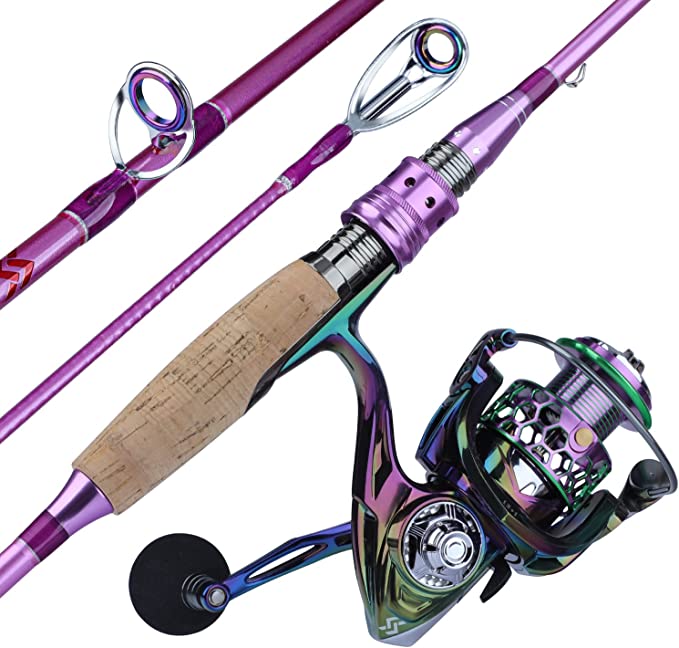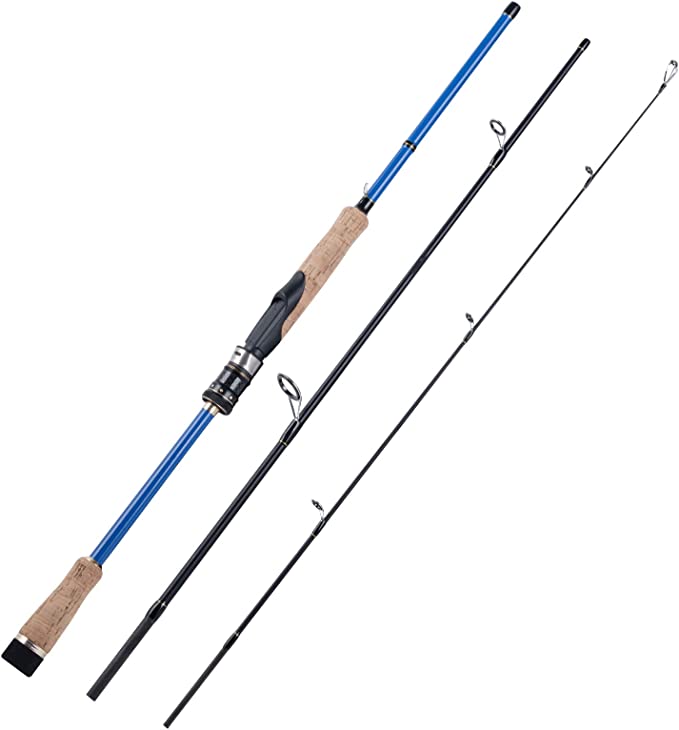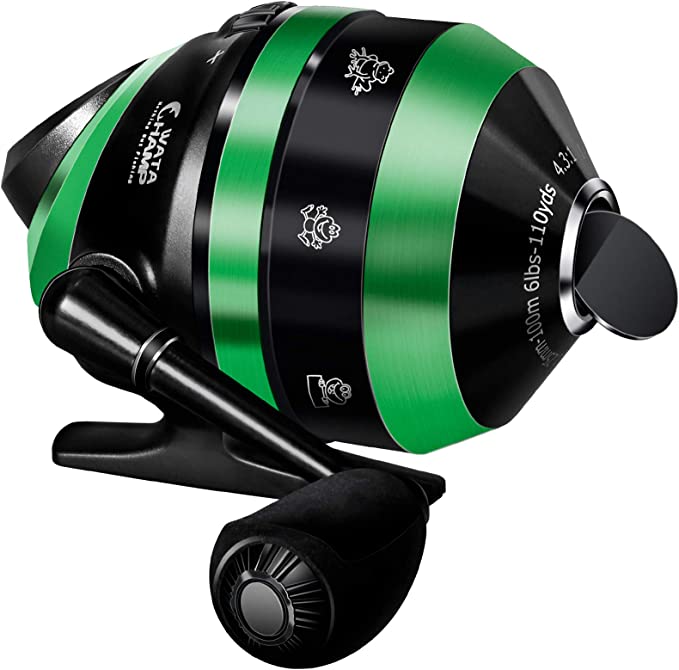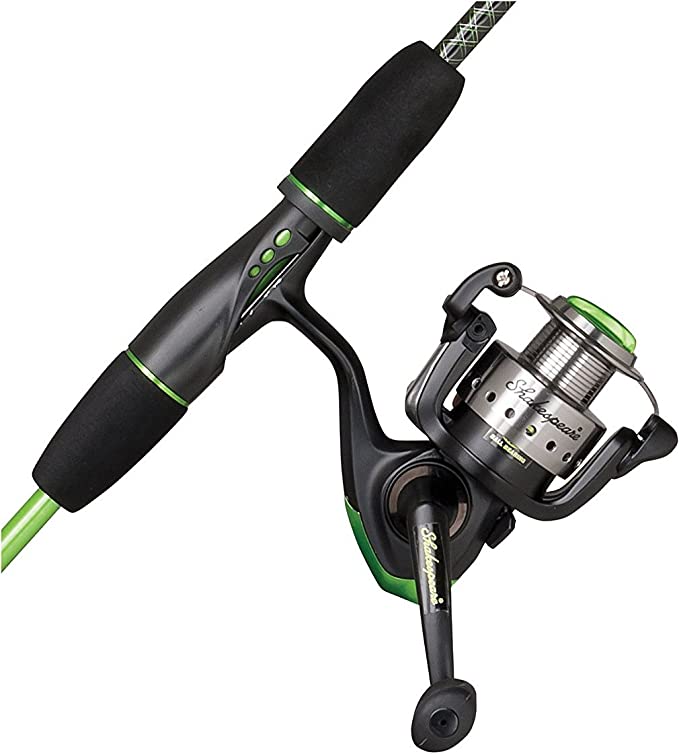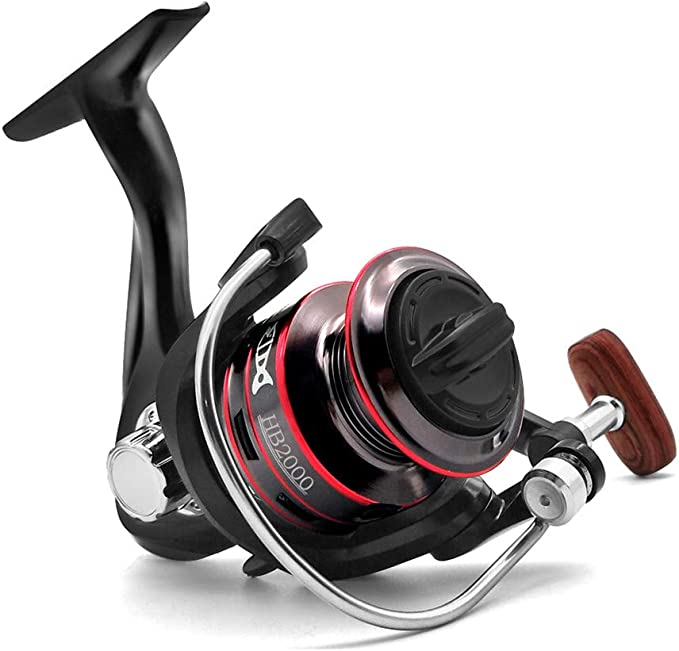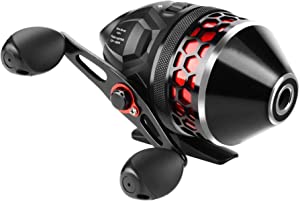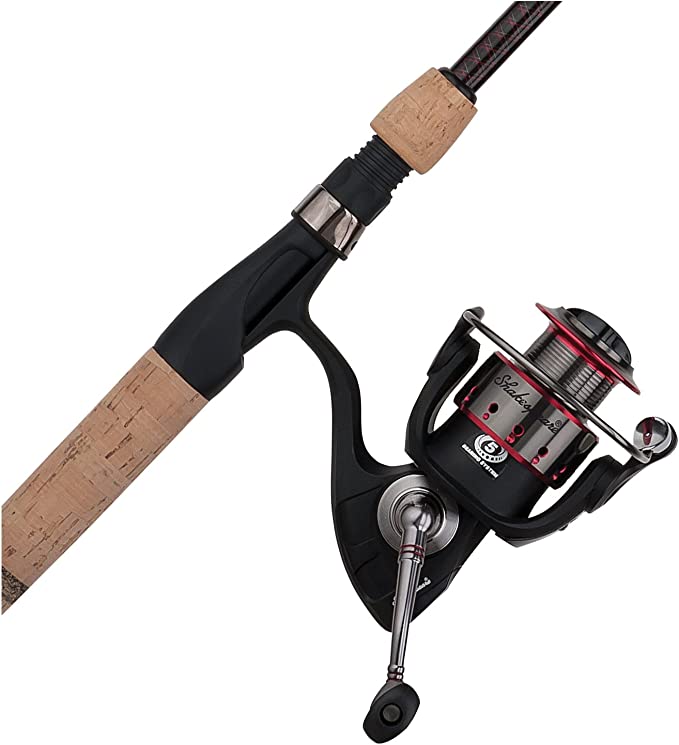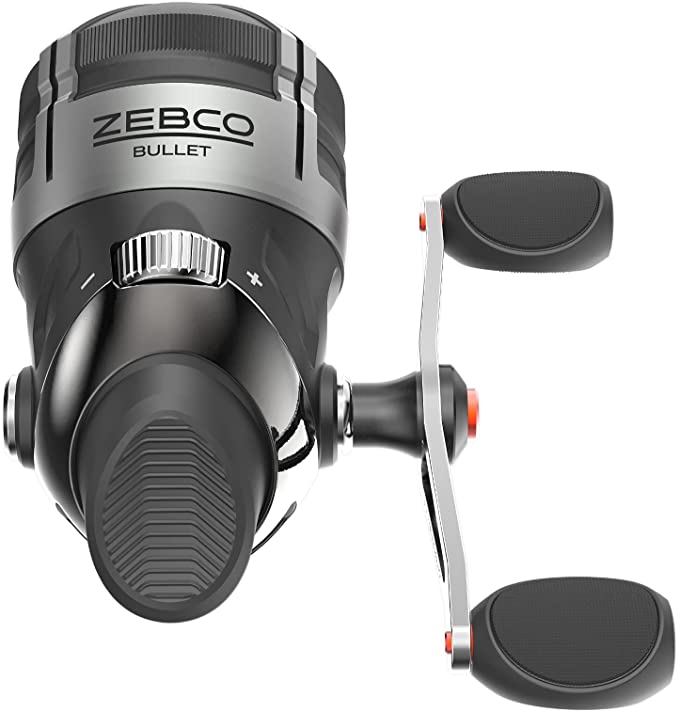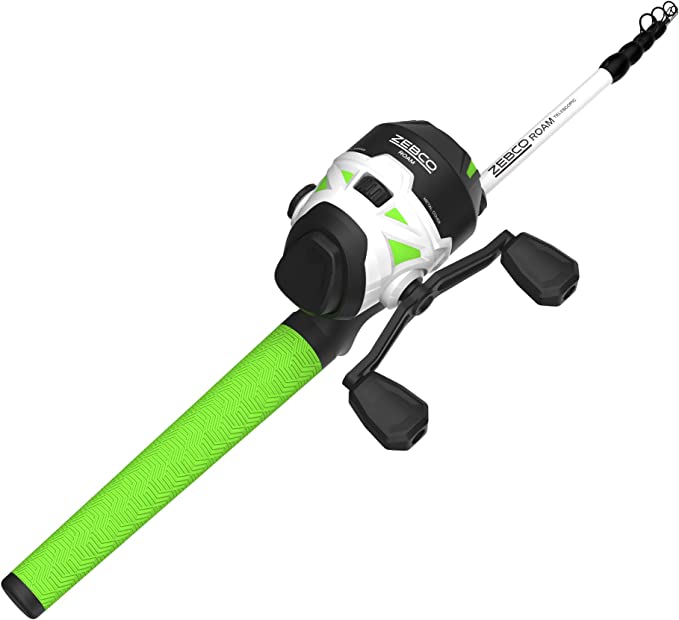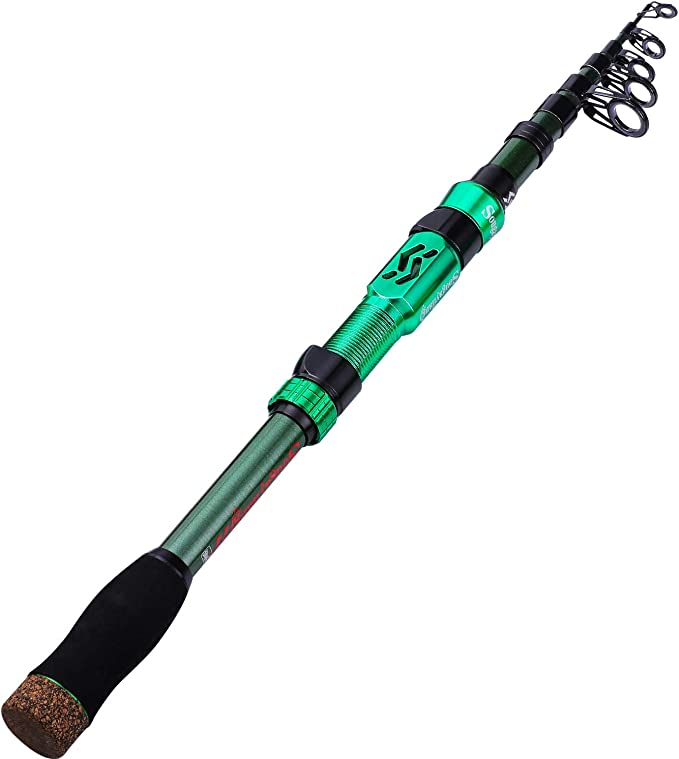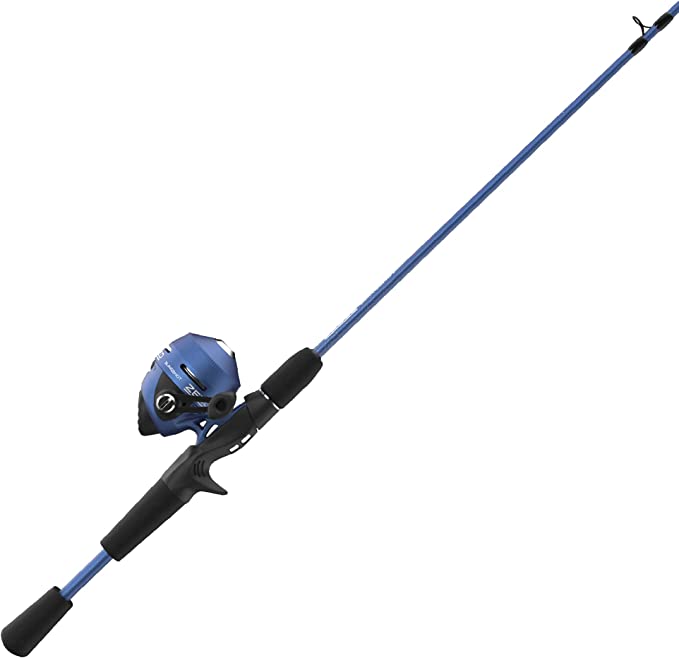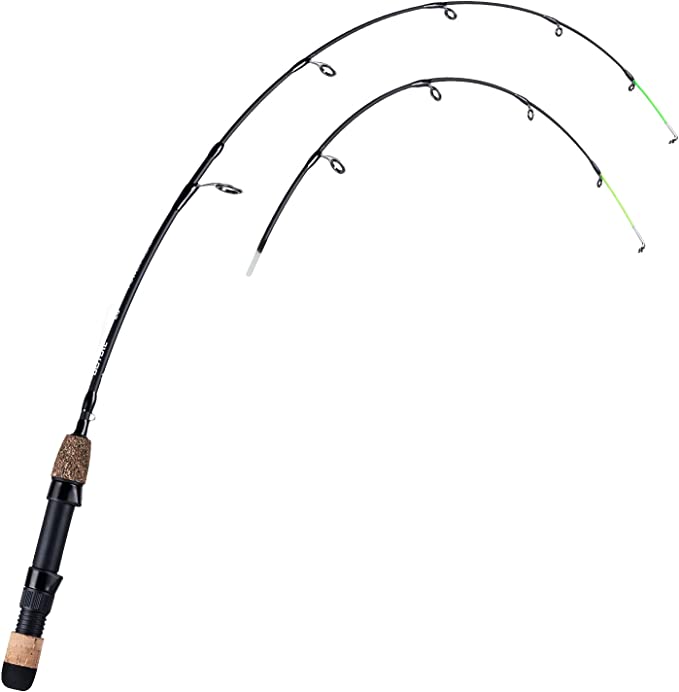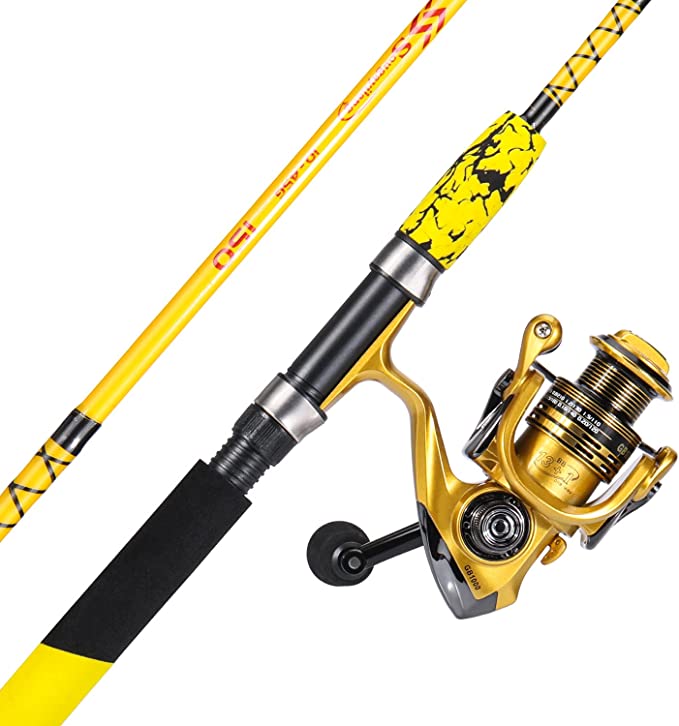The Science of the Cast: How Your Fishing Rod and Reel Really Work
Update on Aug. 1, 2025, 3:11 p.m.
There’s a ghost that haunts every angler new to the baitcasting reel. It’s a mischievous phantom that emerges mid-cast, spinning tales of frustration in tangled heaps of line. We call it a “bird’s nest” or a backlash, and we often blame ourselves. But what if the issue isn’t just about an uneducated thumb? What if it’s a raw, unfiltered battle against the laws of physics—a battle of momentum, inertia, and friction?
The truth is, a modern fishing combo, like the One Bass ALFEN Series, isn’t just a stick and a winch. It’s a sophisticated piece of engineering designed to act as your ally in this very battle. It’s an engine of control, a sensory organ, and a lever of power, all rolled into one. To truly master the art of the cast, we must first look under the hood and understand the elegant science that makes it all possible.
The Heart of Control: Deconstructing the Baitcasting Reel
The soul of a baitcaster is its revolving spool. Unlike a spinning reel where line peels off a fixed spool, here, the spool itself spins to pay out line. This design offers incredible accuracy and power, but it’s also the source of the dreaded backlash. The moment your lure starts to slow down in the air, but the spool, rich with rotational momentum, doesn’t—that’s when the ghost appears. The role of the reel, then, is to tame this ghost.
The Invisible Brake: Taming Spool Velocity with Magnetism
The ALFEN GT reel, with its 10-magnet system, employs a principle that feels like magic but is pure physics: eddy current braking. Imagine an ice skater spinning rapidly. To slow down, she extends her arms. To speed up, she pulls them in. The magnetic brake works on a similar, yet far more elegant, principle of managing rotational energy.
Inside the reel, a series of magnets are placed near the non-magnetic aluminum spool. As you cast, the spool spins at thousands of revolutions per minute. This rapid movement of a conductor (the aluminum) through a magnetic field induces tiny, circular electrical currents within the spool itself. These are called eddy currents. According to a fundamental law of physics known as Lenz’s Law, these currents generate their own magnetic field that actively opposes the change that created them. In simple terms, the faster the spool spins, the stronger the opposing magnetic force becomes, creating a smooth, frictionless, and self-regulating brake. It’s like a smart cruise control for your cast, automatically applying more braking pressure when needed most and easing off as the cast nears its end.
Gears, Speed, and Power: More Than Just Cranking
The reel’s spec sheet lists a “7.3:1 Gear Ratio.” This isn’t just a number; it’s a strategic choice. Think of it as the transmission in a car. This ratio means for every single complete turn of the handle, the spool inside revolves 7.3 times. This is a high-speed gear.
Why does that matter? In a tactical situation, like when you’re fishing a lure along the bottom and feel the subtle “thump” of a bass inhaling it, there’s often slack in your line. A high-speed ratio allows you to engage the gears and retrieve that slack almost instantly, driving the hook home with authority. It’s also the engine for fast-moving search baits like spinnerbaits and crankbaits, allowing you to cover more water, make more casts, and present your lure to more fish throughout the day. This isn’t just about reeling in; it’s about controlling the engagement, pace, and presentation of your lure.
The Nervous System: How a Rod Communicates
But a powerful engine is nothing without a responsive chassis and a sensitive feedback system. The rod is the angler’s true connection to the underwater world. It’s not just a lever for casting; it’s an antenna, translating the silent language of vibrations into a language we can feel.
Speaking in Vibrations: The Science of Carbon Fiber Sensitivity
The ALFEN rod is built from a “24-Ton Carbon Matrix.” This is where many anglers get confused. The “Ton” rating has nothing to do with the rod’s weight. It refers to the material’s Modulus of Elasticity—a scientific measure of its stiffness. A higher modulus means the material is stiffer and deforms less under stress.
Think of the rod as a giant nerve ending. A 24-ton carbon blank provides a fantastic balance, offering high stiffness without becoming overly brittle. This stiffness is the key to sensitivity. When your lure bumps against a rock, scrapes across a log, or gets subtly nudged by a curious fish, it creates vibrations. A stiff carbon fiber rod transmits these vibrations along its length with minimal energy loss, like a tightly pulled guitar string. The signal travels up the blank to the polymer grips, delivering a clear, crisp report of what’s happening dozens of feet away. You’re not just holding a rod; you’re monitoring a sensitive scientific instrument.
The Geometry of the Fight: Action and Power as Tools
Finally, the rod’s performance is defined by its geometry, specifically its “fast action” and “medium-heavy power.” These are two distinct concepts. * Power is the rod’s strength—how much force it takes to make it bend. A medium-heavy power rod is the versatile workhorse of bass fishing, strong enough to handle sizable lures and pull a strong fish from heavy cover. It’s the muscle. * Action describes where the rod bends. A “fast action” rod bends primarily in the top third of its length. Imagine the difference between a bullwhip and a long, slow-bending branch. The fast action of the rod is like the tip of that whip; it allows for lightning-fast energy transfer. This means quicker hooksets, as your movement is transferred to the line with minimal delay, and greater casting accuracy, as the rod loads and unloads its energy more efficiently.
The Angler as the Conductor
In the end, a rod and reel combo is a complete system. The reel is the engine room, managing energy and speed. The rod is the chassis and sensory array, providing the framework for power and the pathway for information. Together, they are an instrument.
By understanding the physics of the magnetic brake, the mechanics of the gear ratio, and the material science of the carbon fiber blank, you transform from a simple user into a conductor. You are no longer just casting; you are managing momentum. You are no longer just reeling; you are making tactical decisions about speed and torque. You are no longer just holding a stick; you are interpreting a constant stream of vibrational data. The real magic isn’t inside the gear itself, but in the elegant, invisible laws of physics it’s been designed to command—and the angler who takes the time to learn its language.
